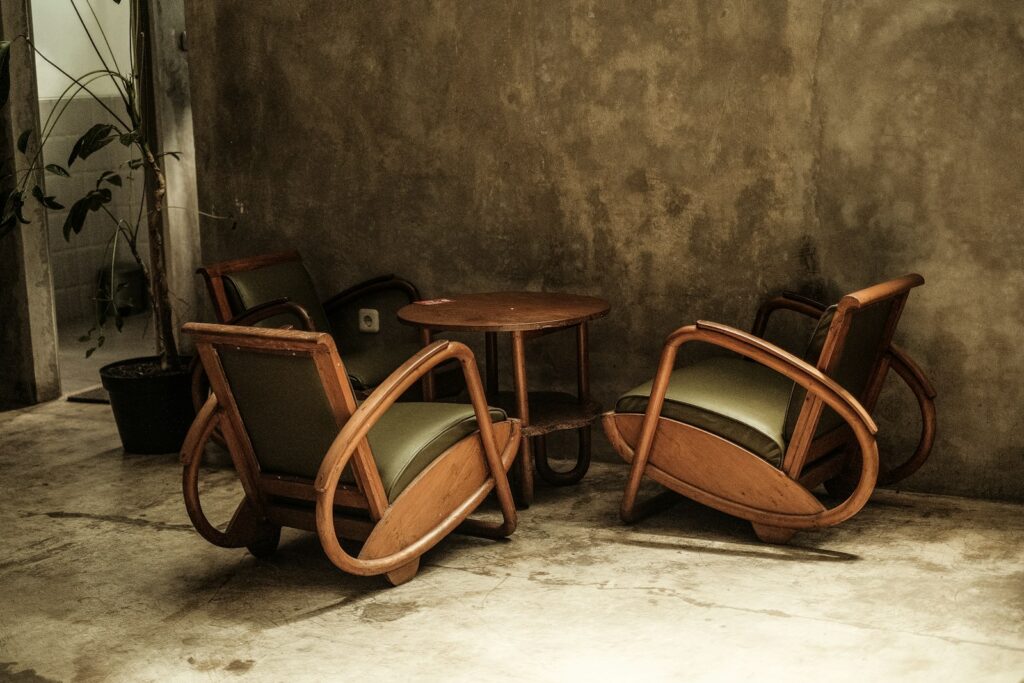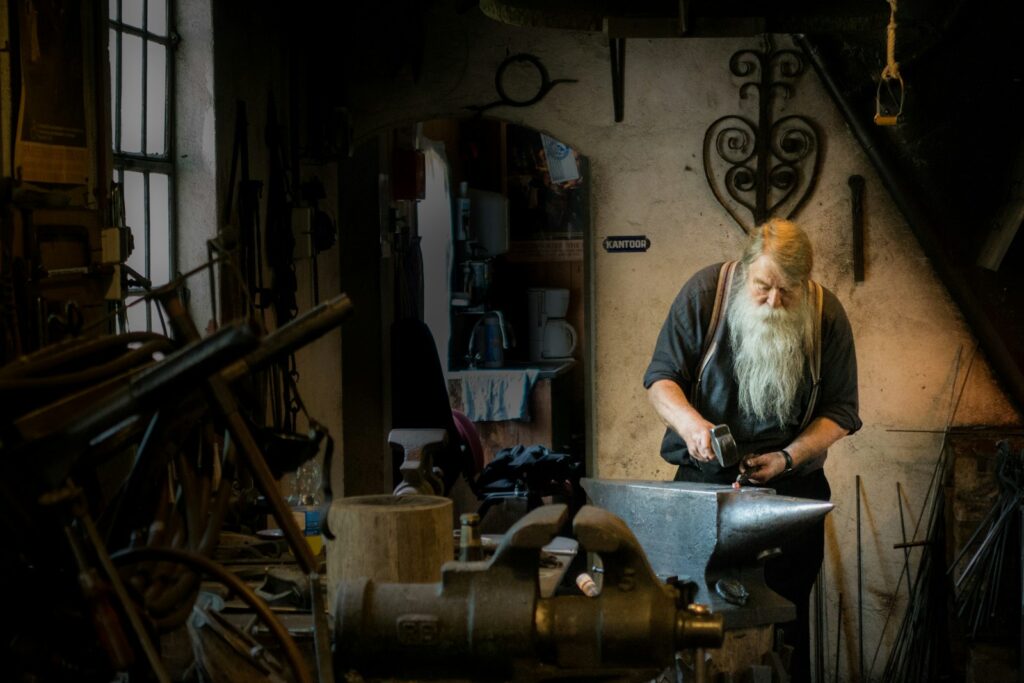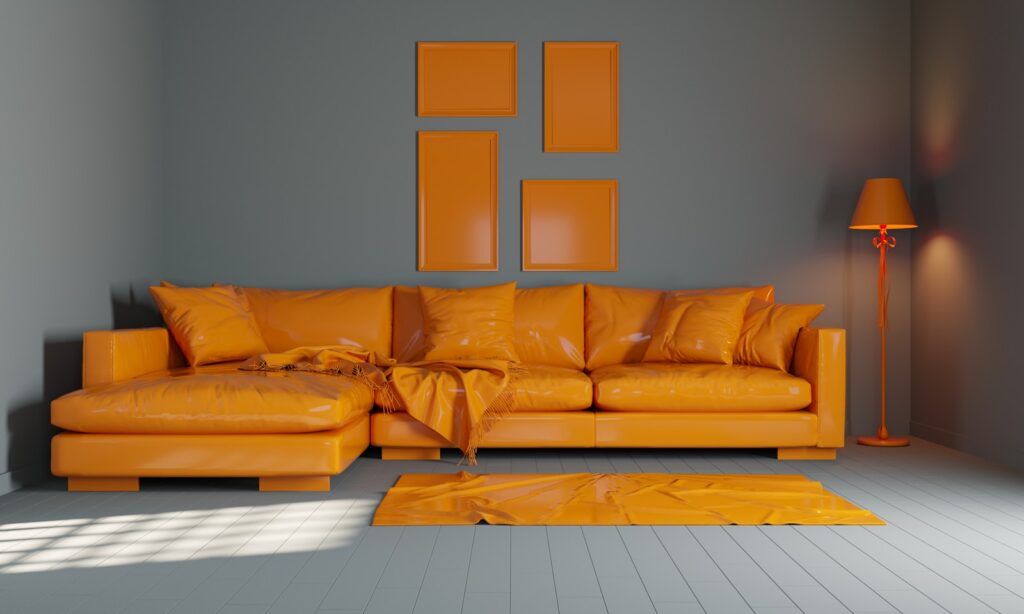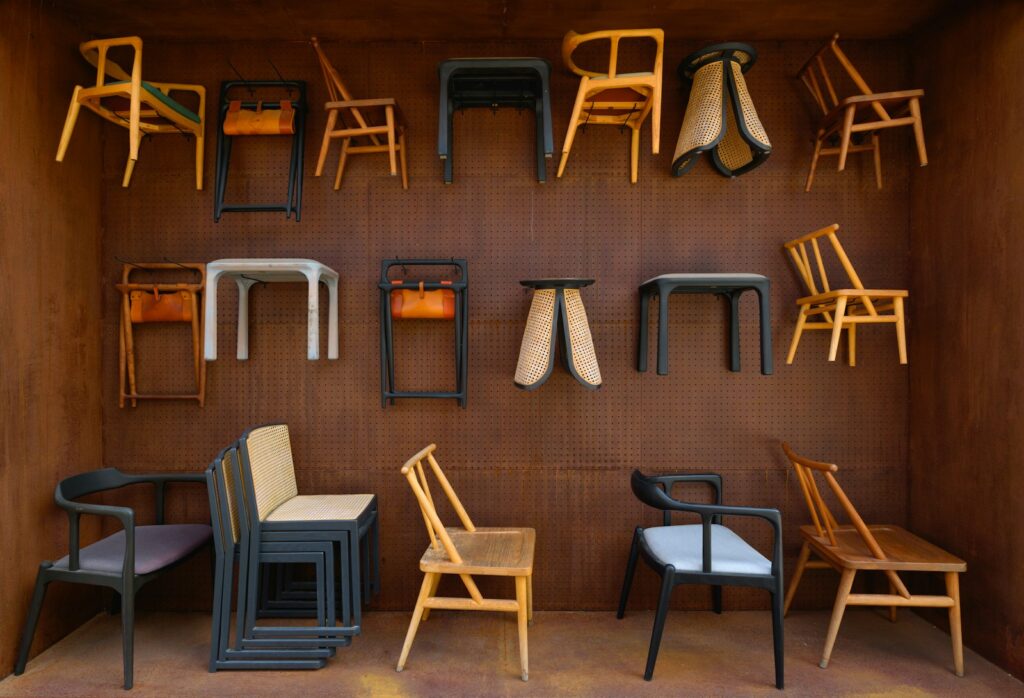Design tastes are shifting, and homeowners are no longer impressed by mass-produced pieces that look identical in every showroom. Instead, there’s a growing desire for character, history, and craftsmanship qualities that second-hand and upcycled furniture deliver with ease. What was once associated with budget shopping has evolved into a refined design choice that supports sustainability, individuality, and artistic expression. Today, these pieces are not only admired but celebrated as a new category of luxury in modern homes.
They Provide a Timeless Authenticity that New Items Can’t Replicate

Second-hand and upcycled furniture bring an authenticity that modern factory-made items often lack. Each piece carries marks of its past, creating a lived-in charm that adds emotional depth to interiors. Homeowners increasingly value items that feel personal rather than generic, and vintage craftsmanship offers precisely that. This shift began gaining real traction around the early 2010s, when design movements like rustic modern and eclectic styling pushed people to appreciate imperfections as artistic details rather than flaws.
They Support Sustainability and Responsible Living

As awareness about environmental impact grew in the late 2000s, more people began prioritizing sustainable choices in home design. Second-hand and upcycled items naturally reduce waste by extending the lifespan of existing materials. Instead of contributing to landfill overflow, homeowners invest in pieces that minimize resource consumption. This environmentally conscious mindset aligns with the rise of green design trends, where luxury is defined by responsibility rather than excess, making reused items both stylish and ethically appealing.
They Provide Unique Designs Not Found in Stores
Mass-produced furniture often comes in predictable styles, leaving homes looking similar to one another. Second-hand and upcycled pieces break that pattern by offering rare shapes, colors, and craftsmanship that are difficult to replicate. Many pieces were originally built during periods when furniture making prioritized durability and artistry. Their revival gained momentum in the 2010s as homeowners sought one-of-a-kind items that spark conversation and reflect personal taste rather than commercial trends seen in big-box retailers.
They Allow Customization That Feels Truly Personal
Upcycled furniture offers the freedom to reimagine a piece entirely, transforming it into something that fits your home perfectly. Whether it’s repainting a vintage dresser or reupholstering a classic armchair, customization lets you blend old charm with contemporary needs. This trend strengthened around 2015 with the rise of DIY culture and online tutorials showing creative ways to repurpose existing pieces. The result is a custom item with a rich past and a fresh identity designed exactly to the homeowner’s liking.
They Often Feature Superior Craftsmanship

Many older furniture pieces were built during times when artisans relied on strong joinery, solid wood, and detailed handwork. Such craftsmanship has become increasingly costly in modern manufacturing. Second-hand buyers discovered this value as early as the late 1990s, but it grew into a mainstream preference over the last decade. Choosing well-built vintage pieces means incorporating lasting quality into your home, making them a luxurious upgrade that stands up to daily use far better than many contemporary alternatives.
They Add History and Storytelling to a Space
Every vintage or upcycled piece carries a backstory, whether it belonged to another family, traveled across cities, or simply lived through decades of changing trends. This sense of history deepens the emotional appeal of a room and gives homeowners something meaningful to share. People began appreciating these narrative layers more as social media introduced “story-driven design” trends around 2016. Today, a furniture piece with a past isn’t just décor, it’s a conversation starter that enriches the atmosphere of a home.
They Encourage Creative Design Approaches

Incorporating second-hand and upcycled furniture encourages homeowners to think outside conventional design rules. Mixing eras, textures, and materials leads to more expressive interiors. This style flexibility became popular with the growing acceptance of eclectic and bohemian design in the early 2010s. Because no two items are the same, homeowners can experiment with combinations that reflect their individuality. This creative freedom transforms homes into dynamic, evolving spaces rather than static displays of a single uniform style.
They Support Local Artisans and Small Sellers
Buying second-hand or upcycled pieces often means supporting local thrift shops, independent refurbishers, and skilled artisans who bring new life to old materials. These small businesses grew significantly during the 2020s as more people embraced community-based shopping rather than relying solely on large furniture chains. Investing in such pieces not only enriches your home but also strengthens local economies. This sense of connection adds another layer of meaning to the items, enhancing their emotional and luxury value.
They Deliver Luxury Without Excessive Cost
True luxury isn’t always about high price tags; it’s about quality, uniqueness, and personal significance. Second-hand and upcycled furniture offer all three without the inflated cost of premium retail items. This idea gained traction during the post-recession years of the 2010s, when consumers sought smarter ways to invest in their homes. While some rare pieces can indeed be expensive, most offer exceptional value. The appeal lies in owning something remarkable without participating in disposable consumer culture.
They Help Create Timeless Interiors

Trends come and go, but pieces with history tend to stay relevant because they aren’t tied to a specific modern fad. Vintage and upcycled furniture blend beautifully with many aesthetics, from minimalist to maximalist, giving homes a timeless depth. This design longevity became clear as homeowners moved away from fast furniture in the late 2010s and began seeking lasting style. By choosing items that already stood the test of time, you create interiors that remain elegant and meaningful for years to come.
Comments